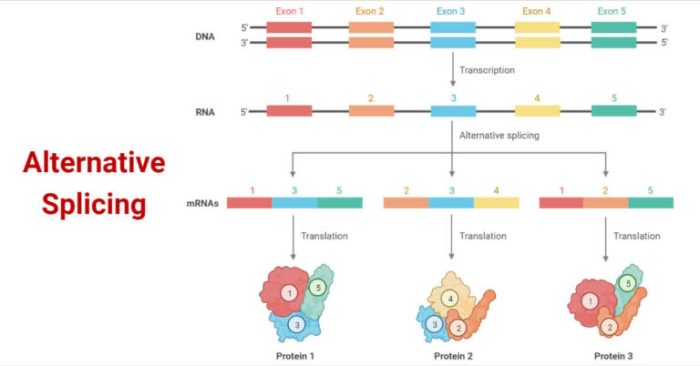Delve into the captivating realm of molecular biology with the Restriction Enzyme Worksheet #1 Answer Key. This comprehensive guide unveils the intricacies of restriction enzymes, their indispensable role in genetic engineering, and their groundbreaking applications in biotechnology.
From defining restriction enzymes and their specificities to exploring their use in DNA cloning and genetic fingerprinting, this answer key provides a lucid understanding of these molecular tools. Prepare to embark on a journey that will empower you to harness the power of restriction enzymes in your scientific endeavors.
Restriction Enzymes: Overview
Restriction enzymes are enzymes that recognize and cut DNA at specific sequences. They are essential tools in molecular biology, as they allow scientists to manipulate DNA in a controlled manner.
There are different types of restriction enzymes, each with its own specific recognition sequence. Some of the most commonly used restriction enzymes include EcoRI, BamHI, and HindIII.
Restriction enzymes are used in a variety of genetic engineering techniques, such as DNA cloning, gene editing, and DNA fingerprinting.
Restriction Enzyme Worksheet #1: Answer Key, Restriction enzyme worksheet #1 answer key
1. What is the recognition sequence for EcoRI?
Answer:GAATTC
2. Which restriction enzyme cuts DNA at the sequence 5′-GGATCC-3′?
Answer:BamHI
3. How many fragments would be produced if a DNA molecule containing the sequence 5′-GAATTCGGATCC-3′ was cut with EcoRI and BamHI?
Answer:3
Applications of Restriction Enzymes in Biotechnology

Restriction enzymes are used in a variety of biotechnology applications, including:
- DNA cloning:Restriction enzymes are used to cut DNA into fragments that can be inserted into a cloning vector.
- Gene editing:Restriction enzymes are used to cut DNA at specific locations, allowing scientists to make changes to the DNA sequence.
- DNA fingerprinting:Restriction enzymes are used to generate unique DNA profiles that can be used to identify individuals.
Advanced Concepts in Restriction Enzyme Technology
In addition to their basic applications, restriction enzymes are also used in a variety of advanced techniques, including:
- Isoschizomers:Isoschizomers are restriction enzymes that recognize the same DNA sequence but cut it at different locations.
- Genome editing:Restriction enzymes are used in genome editing techniques such as CRISPR-Cas9 to make precise changes to the DNA sequence.
Educational Resources for Restriction Enzymes: Restriction Enzyme Worksheet #1 Answer Key
There are a variety of resources available to help you learn more about restriction enzymes, including:
- Textbooks:Molecular Biology of the Cell by Bruce Alberts et al.
- Articles:Restriction Enzymes: A Review by Daniel Nathans and Hamilton Smith
- Online resources:NEB Restriction Enzyme Database
Common Queries
What are restriction enzymes?
Restriction enzymes are molecular scissors that recognize and cut specific DNA sequences, playing a crucial role in genetic engineering and biotechnology.
How are restriction enzymes used in genetic engineering?
Restriction enzymes are used to cut DNA at specific sites, allowing researchers to insert or remove genes and create recombinant DNA molecules.
What are the applications of restriction enzymes in biotechnology?
Restriction enzymes are used in a wide range of biotechnology applications, including DNA cloning, genetic fingerprinting, and gene therapy.
